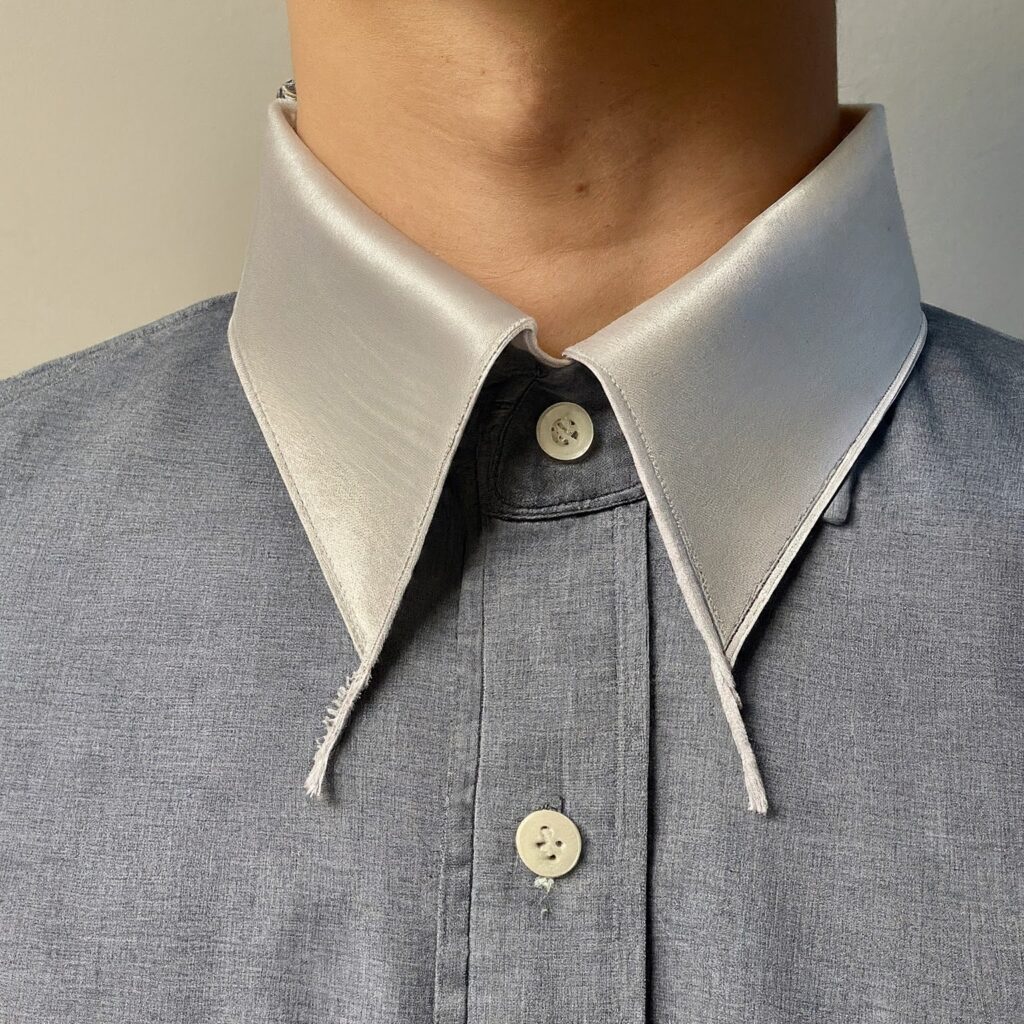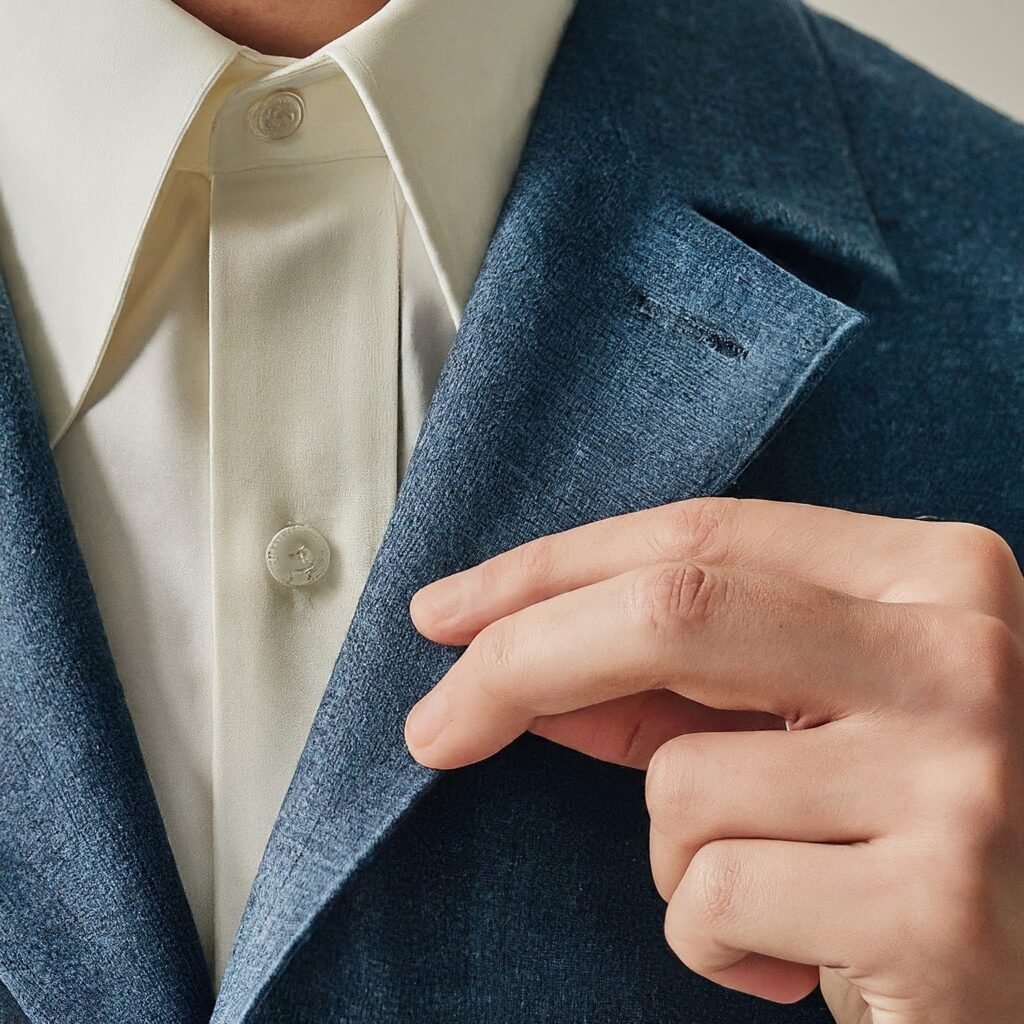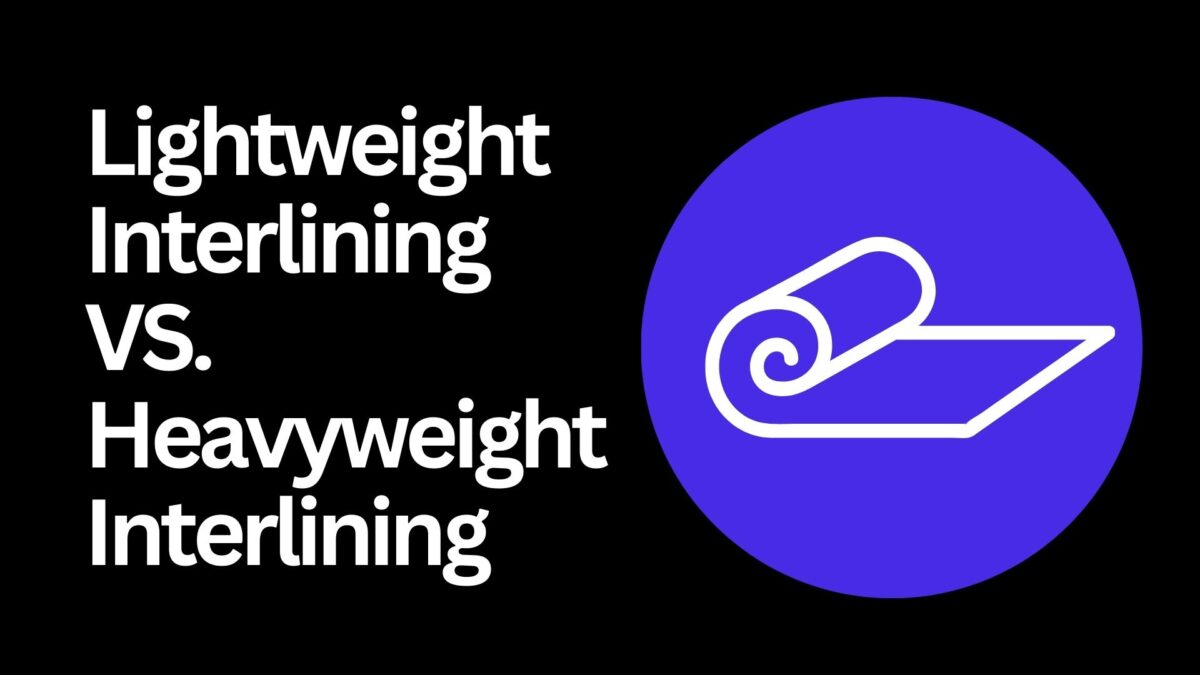Lightweight Interlining vs. Heavyweight Interlining
When it comes to sewing and textile projects, choosing the right interlining fabric can make a huge difference in the outcome. Interlining is a crucial component that adds structure, support, and durability to fabrics, helping to shape and reinforce garments and other items. But with so many options available, especially when it comes to lightweight versus heavyweight interlining, it can be challenging to know which one to choose.
Table of Content
- Introduction to Interlining
- What is Lightweight Interlining?
- What is Heavyweight Interlining?
- Differences Between Lightweight and Heavyweight Interlining
- Applications of Lightweight and Heavyweight Interlining
- How to Choose the Right Interlining for Your Project
- Conclusion
Introduction to Interlining
Interlining refers to a layer of fabric placed between the outer fabric and the lining in a garment. Its primary function is to provide additional support and shape, making your clothes look more polished and professionally finished. Interlining plays a crucial role in garment construction and other textile projects, providing the necessary support and structure to your fabric.
What is Lightweight Interlining?
Lightweight interlining is a thin, flexible material used to give subtle support and structure to delicate fabrics. It’s often made from non-woven interlining materials, but you can also find lightweight woven interlining.
Features of Lightweight Interlining
- Thin and flexible: Perfect for maintaining the softness and drape of lightweight fabrics.
- Breathable: Does not add bulk or stiffness.
- Easy to work with: Ideal for projects where you need a light touch.
Common Uses
- Blouses and dresses: Helps maintain shape without adding weight, using non-woven fusible interlining or woven interlining fabric for a smooth finish.
- Lingerie: Provides subtle support while keeping the fabric soft, often using non-fusible interlining for comfort.
- Sheer fabrics: Adds just enough structure to prevent flimsy appearances, making it ideal for non-woven interlining fabric.

What is Heavyweight Interlining?
Heavyweight interlining is a thicker, sturdier material used to provide strong support and structure. It can be made from non-woven interlining fabrics or woven interlining fabrics and is designed to handle heavier fabrics and more demanding applications.
Features of Heavyweight Interlining
- Thick and sturdy: Offers substantial support and durability.
- Adds structure: Perfect for maintaining the shape of heavyweight fabrics.
- Long-lasting: Ensures the durability of the finished product.
Common Uses
- Coats and jackets: Provides the necessary structure for outerwear, often using woven fusible interlining.
- Bags and accessories: Adds firmness and durability, typically with fusible interlining.
- Home décor: Ideal for items like curtains, upholstery, and cushions, using lining and interlining fabric for added weight and stability.
Differences Between Lightweight and Heavyweight Interlining
Understanding the differences between lightweight and heavyweight interlining can help you choose the right one for your project.
Weight and Thickness
- Lightweight interlining: Thin and flexible, barely noticeable in the final product.
- Heavyweight interlining: Thick and sturdy, significantly alters the fabric’s feel and structure.
Support and Structure
- Lightweight interlining: Provides gentle support without adding bulk.
- Heavyweight interlining: Offers strong support, ideal for maintaining shape and durability.
Applications
- Lightweight interlining: Best for delicate and lightweight fabrics, such as silk, chiffon, and lightweight cotton. For example, collar interlining might use a lightweight option for a softer feel.
- Heavyweight interlining: Suitable for heavy fabrics like denim, canvas, and thick wool. Heavyweight interlining is often used in outerwear and home décor items.
Ease of Use
- Lightweight interlining: Easier to handle, especially for beginners.
- Heavyweight interlining: Requires more skill and care to work with, due to its thickness and rigidity.

Applications of Lightweight and Heavyweight Interlining
Knowing where to use lightweight versus heavyweight interlining can make a big difference in your projects.
Lightweight Interlining Applications
- Blouses and Dresses: Lightweight interlining is perfect for adding a bit of structure to delicate garments without making them stiff. It keeps the fabric’s natural drape and flow.
- Lingerie: It provides the necessary support for lingerie while keeping it soft and comfortable against the skin.
- Sheer Fabrics: For fabrics like chiffon and organza, lightweight interlining adds just enough body to prevent flimsiness without being visible.
Heavyweight Interlining Applications
- Coats and Jackets: Heavyweight interlining is essential for outerwear. It gives structure and support, helping the garment hold its shape, often with woven fusible interlining.
- Bags and Accessories: For items that need to be durable and sturdy, heavyweight interlining provides the required firmness.
- Home Décor: It’s ideal for curtains, upholstery, and cushions, adding the necessary weight and structure with lining and interlining fabric.
How to Choose the Right Interlining for Your Project
Choosing between lightweight and heavyweight interlining depends on your project’s specific needs. Here are some tips to help you decide:
Consider the Fabric
- Fabric weight: Match the interlining weight to the fabric weight. Use lightweight interlining for lightweight fabrics and heavyweight interlining for heavyweight fabrics.
- Fabric type: Think about the fabric’s texture and drape. Delicate fabrics need gentle support, while sturdy fabrics require strong support.
Think About the Project
- Garment type: For structured garments like jackets and coats, heavyweight interlining is the way to go. For softer garments like blouses and dresses, lightweight interlining is better.
- Functionality: Consider the purpose of the item. For example, bags and home décor items often need more structure, so heavyweight interlining is suitable.
Test Before You Commit
- Sample test: Always test a small piece of interlining with your Interlining fabric before starting your project. This helps you see how the interlining affects the fabric and ensures compatibility.
- Adjust as needed: Based on your test, you can adjust the type or weight of the interlining to better suit your needs.

Conclusion
Choosing between lightweight interlining and heavyweight interlining fabric doesn’t have to be confusing. By understanding their differences and knowing how to match them to your fabric and project needs, you can make informed decisions that enhance the quality and durability of your work. Remember to consider the fabric, think about the project’s purpose, and always test before you commit.
Happy sewing!
Link of related Articles
- Demystifying Non-Woven Interlining: Types, Weights, and Applications
- Woven vs. Non-Woven Interlining: The Ultimate Guide for Sewists
- Selecting the Appropriate Interlining: Fusible vs. Non-Fusible

